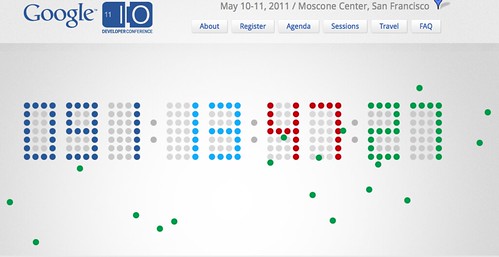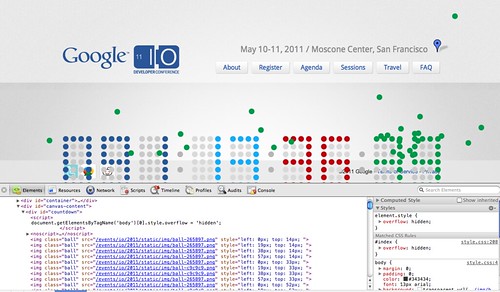A few HTML5 questions that need answering
Monday, February 14th, 2011I just released the notes of my “Using HTML5 sensibly” talk over on the Mozilla hacks blog and there are a few questions that need answering by anyone who wants to be part of publishing on the web in the future:
- Can innovation be based on “people never did this correctly anyways”?
- Is it HTML or BML? (HyperText Markup Language or Browser Markup Language)
- Should HTML be there only for browsers? What about conversion Services? Search bots? Content scrapers?
- Should we shoe-horn new technology into legacy browsers?
- Do patches add complexity as we need to test their performance? (there is no point in giving an old browser functionality that simply looks bad or grinds it down to a halt)
- How about moving IE fixes to the server side? Padding with DIVs with classes in PHP/Ruby/Python after checking the browser and no JS for IE?
- Can we expect content creators to create video in many formats to support an open technology?
- Can a service like vid.ly be trusted for content creation and storage?
- Is HTML5 not applicable for premium content?
Check the detailed notes on the Mozilla blog, and – as a reminder – here are the slides and the video of the talk:
You can get the slides on Slideshare or see them here:
You can see “Using HTML5 sensibly” on any HTML5 enabled device here (courtesy of vid.ly).

